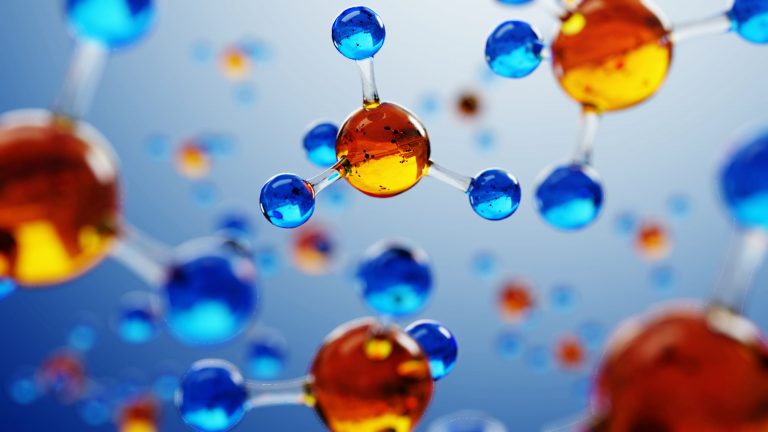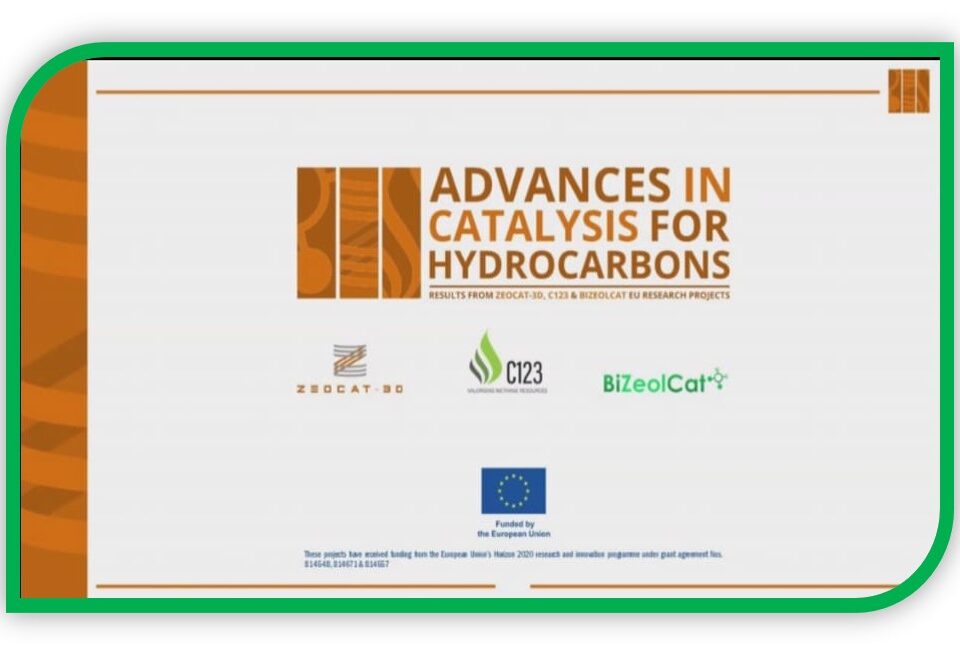In the previous post of Bizeolcat informs we described dehydrogenation reactions to transform light alkanes in olefins or aromatics. We found that a lot of energy is required for such transformation and to lower the activation of the processes, compounds called Catalysts, are necessary.
A catalyst is some material that speeds up chemical reactions. With a helping hand from a catalyst, molecules that might take years to interact, can now do so in seconds. Factories rely on catalysts to make everything from plastic to drugs. Catalysts help process petroleum and coal into liquid fuels as well as gaseous alkanes in liquids. They’re key players in clean-energy technologies. Natural catalysts in the body — known as enzymes — even play important roles in digestion and more.





